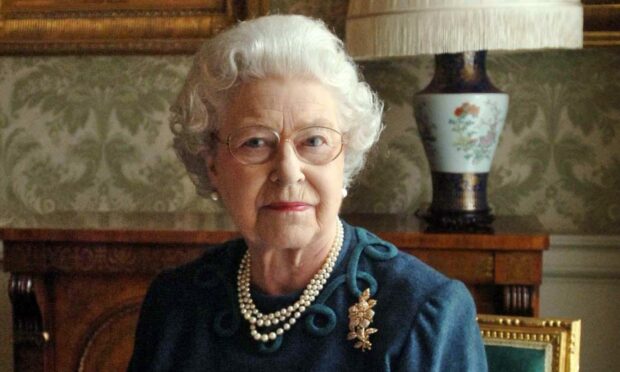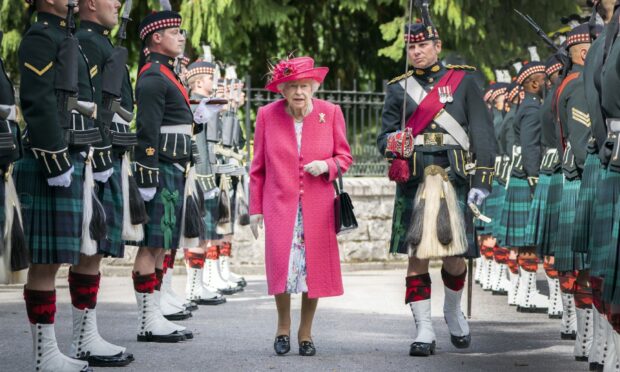Buckingham Palace has long had elaborate and extensive plans in place for what happens in the immediate aftermath of the Queen’s death.
Over the past few decades royal officials came up with hour-by-hour and minute-by-minute details.
On September 8, the Queen passed away surrounded by family members at Balmoral, the Aberdeenshire castle where she spent her summer holidays.
Following Her Majesty’s death in Scotland, a special plan immediately began, codenamed Operation Unicorn.
What is Operation Unicorn?
The nation immediately entered a prolonged period of mourning in the lead-up to the Queen’s state funeral.
Operation London Bridge is the main codename for the complex series of events.
Meanwhile, Operation Spring Tide refers to the process which will see the Prince of Wales sworn in as king.
However, plans for happened following her death were slightly different due to the Queen passing away in Scotland.
This is codenamed Operation Unicorn.
What does Operation Unicorn involve?
On September 11, the Queen’s body was driven from Balmoral to Holyroodhouse, her Edinburgh palace, where she lay in repose.
Proclamations were read at Holyrood, across the street from the palace, as well as the UK’s other devolved parliaments.
Business was suspended at Holyrood and at Westminster.
Roads around Holyrood are closed. A book of condolence was opened.
Preparations began for a ceremony at the Scottish Parliament, where Charles addressed leaders, dignitaries and MSPs.
Thousands of mourners gathered in the Scottish capital before her coffin was carried up the Royal Mile to St Giles Cathedral on September 12.
Crowds were allowed into the church to file past the coffin.
A service was arranged for the cathedral, where the Queen’s children stood vigil around the Queen’s coffin – known as the Vigil of the Princes.
The coffin was flown to London on September 13 before being conveyed to Buckingham Palace.
What happened next?
The UK entered a 10-day period of national mourning before a state funeral on September 19 for the Queen in Westminster Abbey.
Some major sporting and cultural events taking place were called off as a mark of respect.
Before the state funeral, the Queen’s lying in state – named Operation Marquee – began at Westminster Hall.
Hundreds of thousands of people were given the chance to file past the coffin as rehearsals begin for the funeral.
The spectacle of the long queue became the focus of global attention in itself.
The day of the funeral, Monday September 19, was made a public holiday in the form of a Day of National Mourning.
Dignitaries from the Commonwealth and national leaders from across the world were invited to pay their respects as the Queen was laid to rest.
A national two minutes’ silence was held during the funeral, which was televised for the nation to watch.


